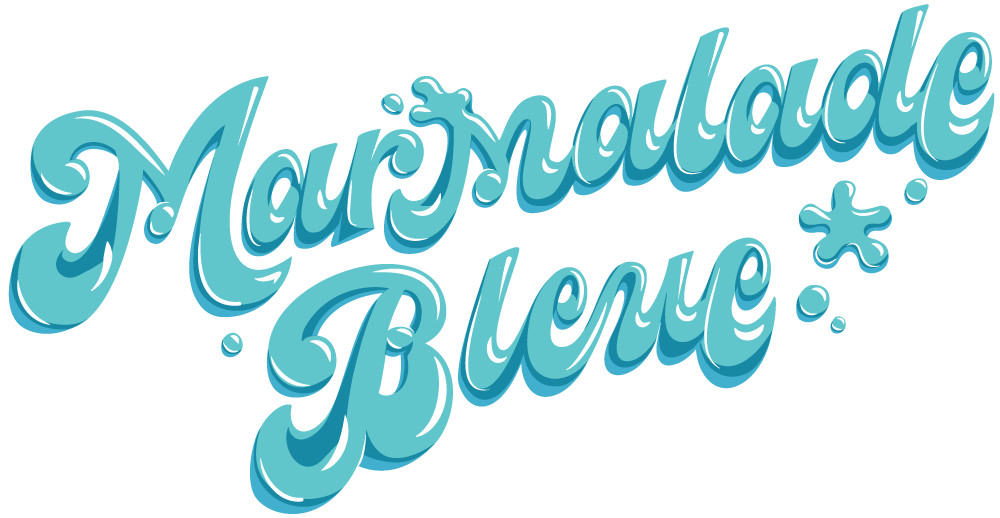Informing the Digital with Traditional
Most self-diagnosing artists pin their procrastination and inability to produce on fear. In reality a greater threat to the creative process is posed by perfectionism. Say whatever about routine or restriction, but the driving need to achieve pixel perfect results can break any of us. Thankfully going analog can shake loose a few good ideas, but why bother?
Traditional means inform digital tools.
Easy as it is to forget, a computer (and subsequent softwares) are just that- tools to solve problems. Brushes, paths and layers are highly efficient counterparts to those long tested by time, tweaked by maths and customized for download by those far smarter than I. Yet despite advancement, technology still cannot replicate the human element: the heavy contrast of a proper stroke, the fluidity of a fountain pen, or the spontaneity of salt to watercolor. Using digital methods exclusively had bred a generational niche of 'uncanny valley' designers and artists, many lacking proper physics of medium. Shutting the screen or powering down is sometimes like pulling teeth (I mean, have you been on Twitter?!) but the benefits far outweigh initial discomfort.
Learning how breeds letting go.
The sticking point of all this lofty discussion is usually sitting down and trying something that could nose dive into oblivion. The hazard of learning a new medium arises in the first five minutes/two hours/six days, when said medium bends the practitioner over a table. Losing control is frustrating but not permanent. Hard knuckling any skill, be it artistic, athletic, or social is usually a bad idea, as most actions follow a natural rhythm. Syncing and finding harmony to the desired skill will happen, the great equalizer being practice and patience. Lots and lots of patience. Being unafraid of mistakes is the easiest way to discovery new techniques and making them is crucial, even beneficial. Honing old skills increases speed on softwares, like a thumbnail before a final product, providing existing elements that still taking time to replicate à la computer.
The extra mile associated with tradition is not obsolete.
Digital practices, while streamlining culture, has made it lazy. How easy is sending a blind email than making a cold call? How awkward yet thoughtful is walking in a package when the mailman would have sufficed? Artists have made entire careers of mocking the cheapness and ease of computerized expression. The handmade element, though closely replicated by softwares, is still more characteristic and spontaneous, more indicative of the user. People long for the friendliness and sexiness (let's be honest) of analog in their brands and hallowed corporate halls. Going the extra mile will pique interest and set the user apart in a sea of cookie cutter problem solving.
Every designer should master some hallowed practice of old. The digitalization of design and art has allowed analog an unforeseen perk: freedom. Any misplaced stroke can be fixed, color corrected, perfected. Preferred methods aside, creatives should feel unfettered by tools to achieve good design, the lynch pin of any piece or practice.
